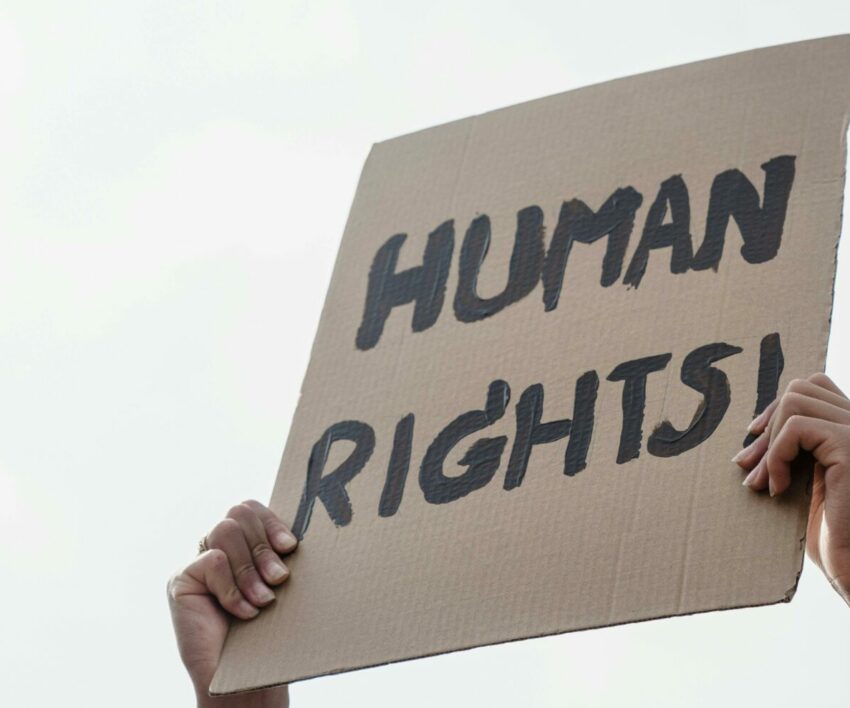
illustration: picture: pexels
We have come to realise that in our beloved country, South Africa, for human interest matters to be taken into consideration by authorities, there needs to be a chaotic noise made by the citizens in the form of activism.
What is activism, you may ask? It is defined by the Oxford Languages website as “The policy or action of using vigorous campaigning to bring about political or social change,” the keyword being “vigorous”. So, what could be the driving force of such an activity? Could it be anger, care or rebellion?
The Council of Europe website claims that activism in human rights involves defending rights against threats, violations, and injustices. It is said to involve solidarity with others, fighting for respect and dignity, and promoting a more humane society.
The above source continues to explain that effective activists possess persistence, creativity, commitment, and courage, believing in human rights and the possibility of a world where rights are respected.
According to the Arts and Culture publication, protests in South Africa are a catalyst for social change, often resulting in intimidation and violence from the state, private institutions, and police. It often serves as a last resort when other methods fail. The publication further states that “Not all protests are aimed at the state or state institutions; many protests challenge other citizens or private institutions. They challenge the status quo.”
Activists who choose to fill the gap between ordinary citizens and the governing system sacrifice themselves for the benefit of others and for the benefit of society as a whole in terms of structure. This comes from a place of care and concern for human rights that are constantly not met and justice that is never served.
Also see: The importance of social media during a national crisis
